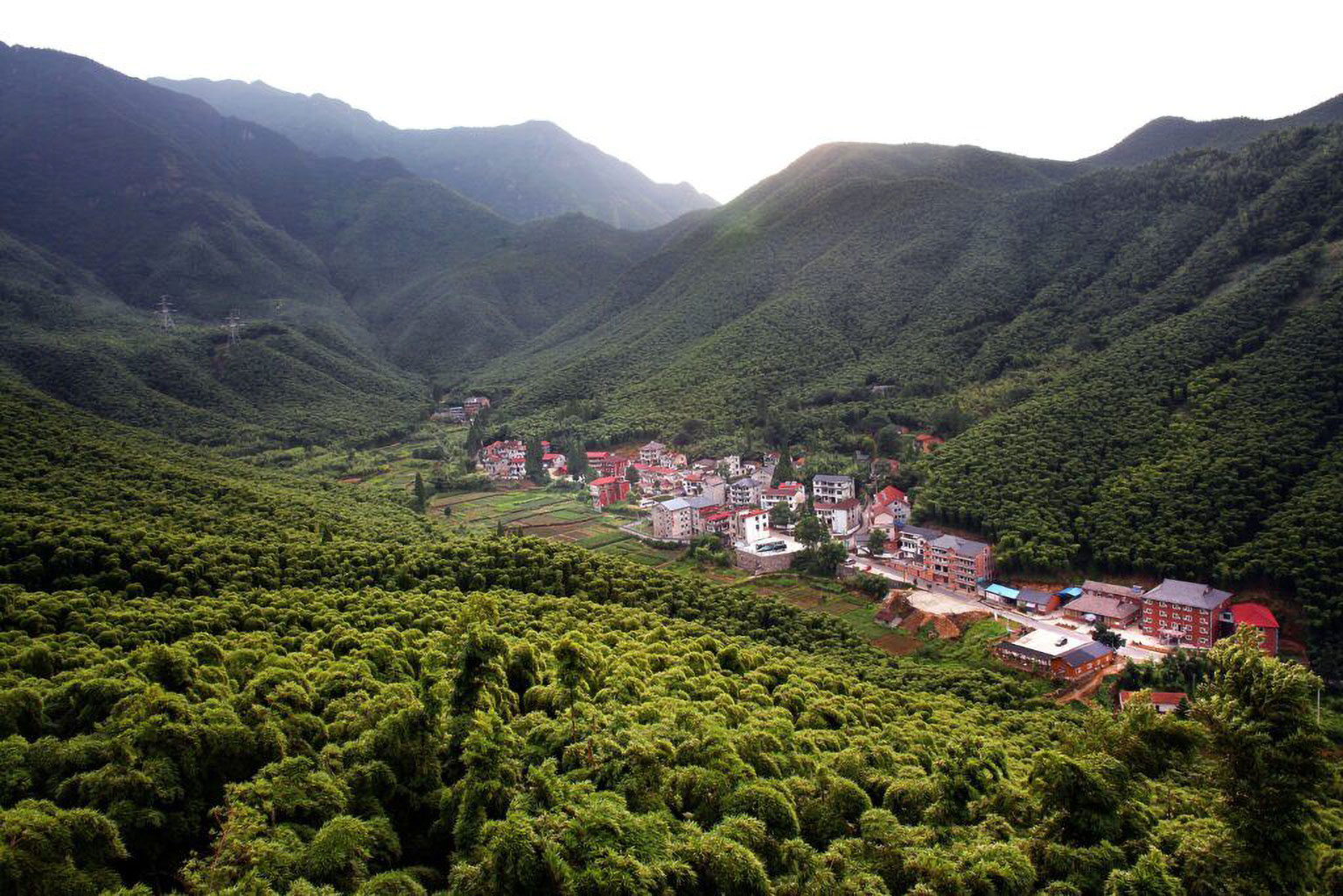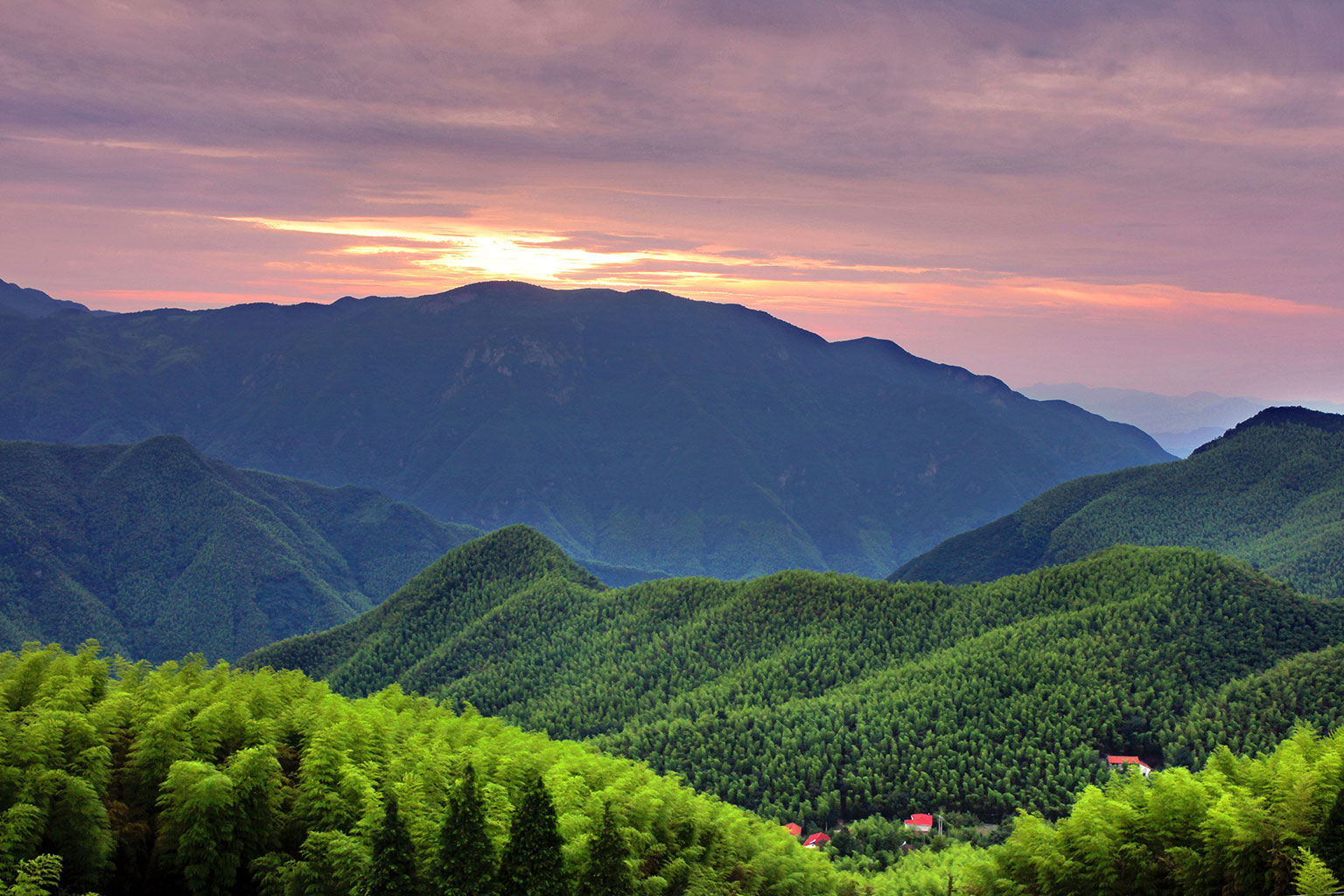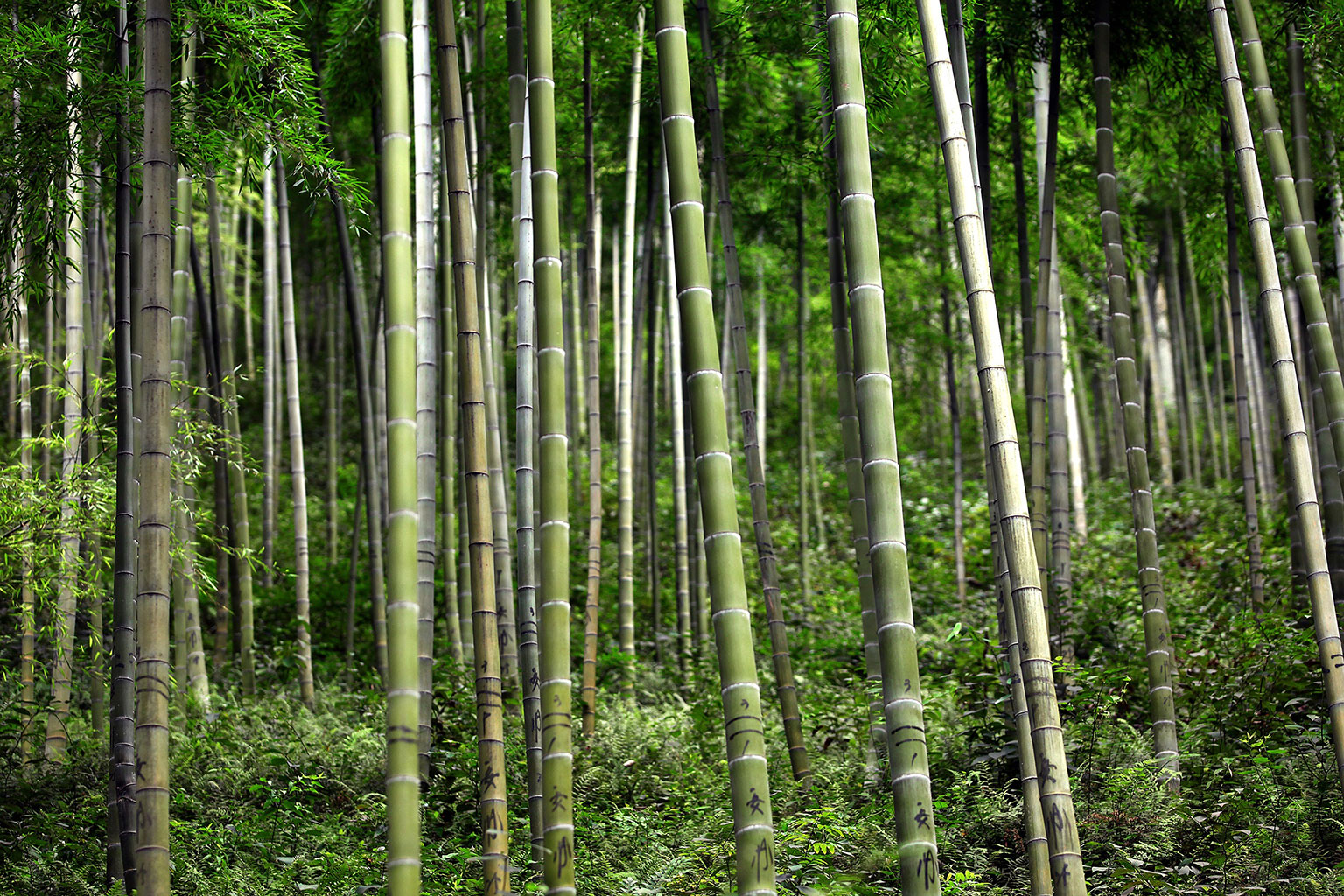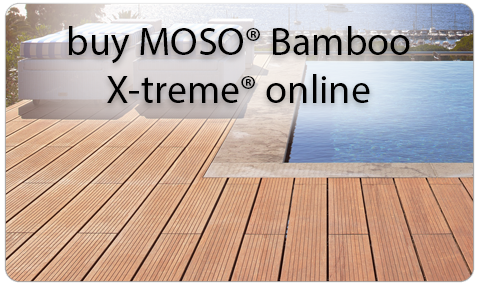Bamboo Sustainability: Carbon Footprint and Carbon Sequestration Study

MOSO® Bamboo Products Life-Cycle Assessment
 The study (PDF): The environmental impact of CO2 emissions for
engineered bamboo
products was assessed in a life-cycle assessment (LCA) and presented during the 2015 Paris Climate
Conference (COP21). MOSO® commissioned Delft University of Technology to conduct an official
LCA and carbon footprint study. This cradle-to-gate analysis includes the sourcing of materials from
plantations in China (including carbon sequestration during growth), to processing, treating, and pressing
in the manufacturing plant, as well as final packing and shipping. The CO2 emissions during use
(e.g., maintenance) and during the end-of-life phase (e.g., burning or dumping) are also taken into account.
The study (PDF): The environmental impact of CO2 emissions for
engineered bamboo
products was assessed in a life-cycle assessment (LCA) and presented during the 2015 Paris Climate
Conference (COP21). MOSO® commissioned Delft University of Technology to conduct an official
LCA and carbon footprint study. This cradle-to-gate analysis includes the sourcing of materials from
plantations in China (including carbon sequestration during growth), to processing, treating, and pressing
in the manufacturing plant, as well as final packing and shipping. The CO2 emissions during use
(e.g., maintenance) and during the end-of-life phase (e.g., burning or dumping) are also taken into account.
The study uses a damage-based model (debit side) and does not delve into the benefit-related models (credit side). Damage-related debit models measure environmental impact through life cycle assessment expressed as the carbon footprint—in other word's, a product's eco-efficiency. Benefit-related credit models, such as the Circular Economy and the related Cradle-to-Cradle (C2C) philosophy, focus on a product's benefits to health and the environment—or, a product's eco-effectiveness. Here we added a few comments in the form of a balance sheet review to demonstrate the bamboo decking story as a whole. Yes, the product is carbon neutral, but its benefits extend beyond the point of sale and into the more considerable human-built environmental impact on the global ecosystem.
The Claim: MOSO® Bamboo Products: CO2 neutral or better over full life cycle

Carbon Study Abstract
This report presents the results of a Life-Cycle Assessment (LCA) and carbon footprint analysis of a selection of industrial bamboo products that are manufactured by the company MOSO® International. The analysis was done to determine the impact that their production and disposal have on the environment. Bamboo Flooring, decking, panels and beams have been evaluated. A comprehensive explanation is offered of how carbon sequestration can be calculated, following LCA methodology. This LCA is specific to Moso® Bamboo product evaluations described in this report and are not applicable to other manufacturers’ products. The assessment described here is done for the production (cradle-to-gate) plus the waste (end-of-life) stages of the bamboo products, but does not include the user stage, when the product is in use by consumers after purchase.
Bamboo products are increasingly found in western markets, with recorded international trade of some $2 billion in 2012, the majority of which is imported to European and North American consumer countries. As bamboo products are increasingly perceived as “green” and environmentally friendly, it is important to have an effective way to evaluate and verify these claims—to reassure producers and consumers, and help producers find ways to make their production system even “greener”. The LCA is a widely used and recognized method for achieving this.
This study shows that if production parameters are optimized, these industrial bamboo products can have a negative carbon footprint over their full life-cycle, from cradle to gate. This means that the credits gained through carbon sequestration, and from burning to produce electricity in a power plant at the end of each product’s life, outweigh the emissions caused by the production and transport processes.
At end-of-life, it is assumed that 90% of the bamboo products are incinerated in an electrical power plant and 10% will end-up in landfill, a realistic scenario for Western Europe. The LCA was done following International standards ISO 14040 and 14044. In addition, the capture and storage (sequestration) of CO2 is taken into account.
It is hoped that the analysis described here will inform and encourage other bamboo producers to do similar life-cycle analyses of their production systems, to better understand where they can focus investments to reduce the environmental impacts of their products. It also aims to inform policy-makers about the sustainability of bamboo products, to encourage them to specify the use of this resource in national and international policies and investment plans.
Carbon Study Method
This study considered four (4) MOSO® product categories across 17-20+ process steps following a pathway from harvest to warehouse gate and then beyond to end-of-life disposal. The process used the software program Simapro the world’s leading life cycle assessment (LCA) software package to assist with calculations. Results are reported as CO2/kg and Eco Cost per functional unit. The report's full detail provides qualified numbers for the four building product collections over their respective life cycle. The conclusion starts on page 38. We are providing the link in the reference section below to the Delft University of Technology archived edition for those interested in delving further into the study contents..
Four MOSO® Bamboo Product Classes Included in the Life Cycle Analysis - LCA
- Flattened Bamboo
- Laminated Bamboo
- Strand Woven Bamboo (SWB) for Indoor Use
- Thermally Modified Strand Woven Bamboo (SWB) for Outdoor Use
Debt Side Assignments (environmental damage)
- Production Emissions: Making the product requires electricity and heat inputs. This analysis views the stored-energy in the bamboo carbon fiber bonds, a by-product of sunshine, a source of energy credit. Converting waste bamboo by-products and end-of-life finished products back to the energy source through burning does not yield a net increase in atmospheric CO2 like extracted fossil fuels derive by drilling. In this view converting bamboo into electricity actually decreases the required fossil fuels inputs into the production process yielding a carbon credit.
- Product Transport: Transportation to Market requires energy. Depending on locations of source, production and market this variable can be adjusted, but it is smaller fraction of overall footprint.
- Product End-of-Life: Disposal landfill or energy recovery, the carbon neutral claim assumes that 90% of the bamboo products are incinerated to recovery energy trapped in the carbon fiber bonds.
Credit Side Assignments (environmental enhancement)
- Restoring Degraded Land: As a grass species Bamboo is less susceptible to deforestation. The horizontal root systems is suitable for reclamation of terrain in jeopardy or already degraded. The natural growing area if bamboo neatly overlaps with large areas where reforestation on degraded land is necessary.
- Carbon Sequestration in Ecosystems: Unlike trees, which are usually clear cut, the regular and selective harvesting of bamboo culms doesn’t kill the plant or damage the ecosystem and below-ground carbon is not emitted as the bamboo forest continues to live on after harvest. Annual Raw material output rates far exceed hardwoods and conifers
- Carbon Sequestration in Durable Products at scale: On average the density of industrial bamboo materials is far higher (average 900kg/m3) than that of wood, explaining the higher stock in the durable products pool.
Observations
- MOSO® Bamboo Products: Are CO2 neutral or better over their entire life cycle. Also, Bamboo as a building materials source has tremendous credit side environmental enhancement properties.
- Energy consumption in processing industrial bamboo products makes the largest contribution to environmental impact, being responsible for 36–53% of eco-costs and 52-63% of the total eco-burden's carbon footprint. Since bamboo processing facilities generally use bamboo waste for heat, the remaining energy required is provided by electricity from the local grid. This electricity could be replaced by electricity from a combined power generator (bamboo waste is abundantly available) at the production facility or through on-site solar energy production.
- International sea transport has the next largest influence on the environmental impact, being responsible for 15-25% of the carbon footprint and 28-37% of industrial bamboo products' eco-costs.
- The use of resin in industrial bamboo products is not the most significant factor in determining their environmental impact.
- On average, industrial bamboo materials' density is far higher (average 900kg/m3) than that of wood. This density is an advantage to the sequestration properties of Bamboo.
- The Building Material Carbon Footprint Over Life Cycle n CO2eq/m3 graph below, shows the environmental impact of several commonly used materials including MOSO®Bamboo (Thermo-Density® Bamboo). This graph demonstrates how industrial bamboo materials compare to the materials for which it is an alternative: i.e., tropical hardwood and non-renewable carbon-intensive materials such as plastics/PVC and metals such as aluminum and steel.

Ted Talk by Pablo van der Lugt
References
| Author | P. van der Lugt, Charlotte King |
|---|---|
| Original language | English |
| Place of Publication | Beijing, China |
| Publisher | The International Network for Bamboo and Rattan |
| Number of pages | 57 |
| Edition | 2nd edition |
| ISBN (Electronic) | 978-92-95098-90-9 |
| ISBN (Print) | 978-92-95098-89-3 |
| Publication status | Published - 2015 |
| Link to Document Archive | Document Reference Link |
Last Updated: May 26, 2021
Date Created: February 14, 2021








